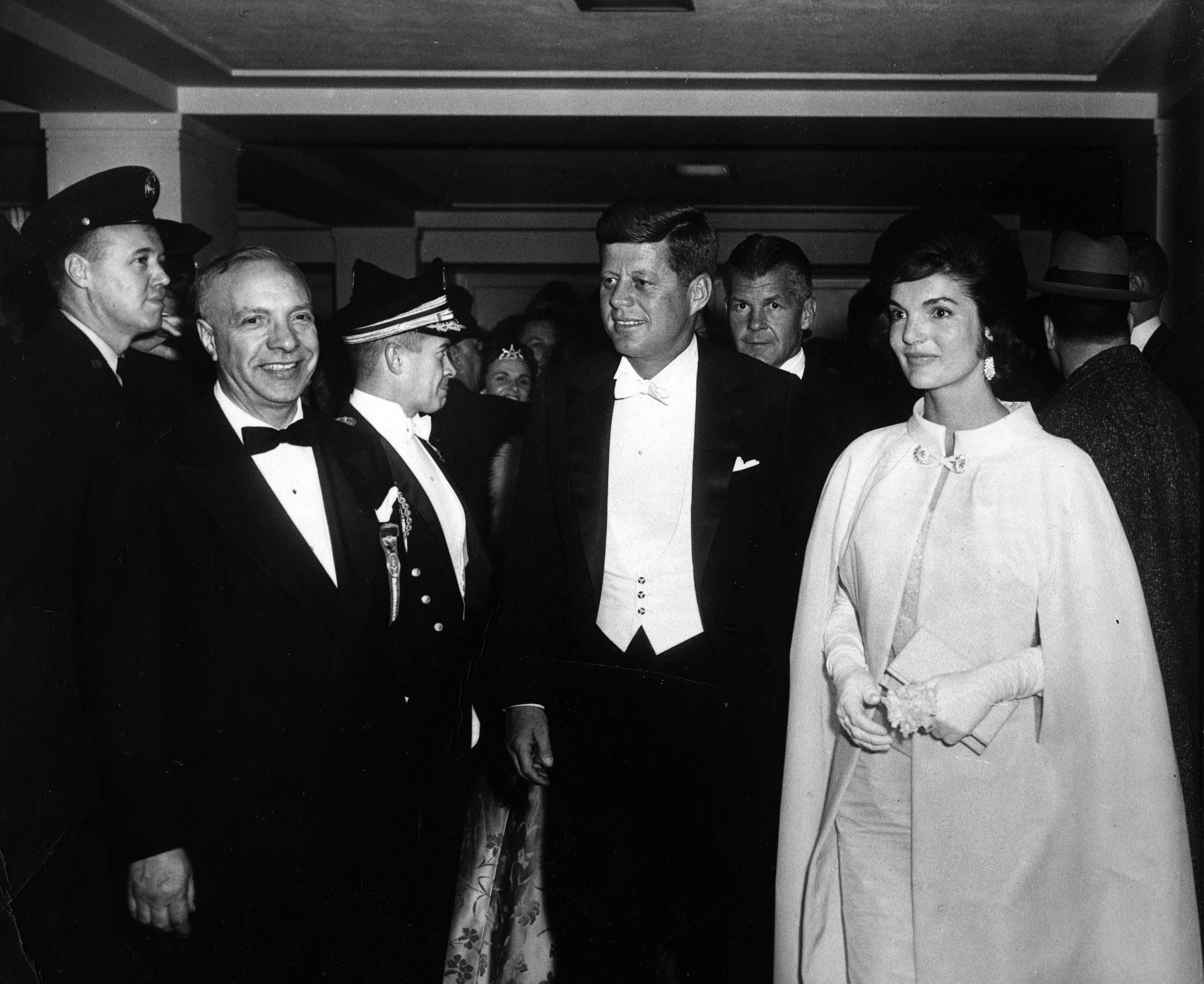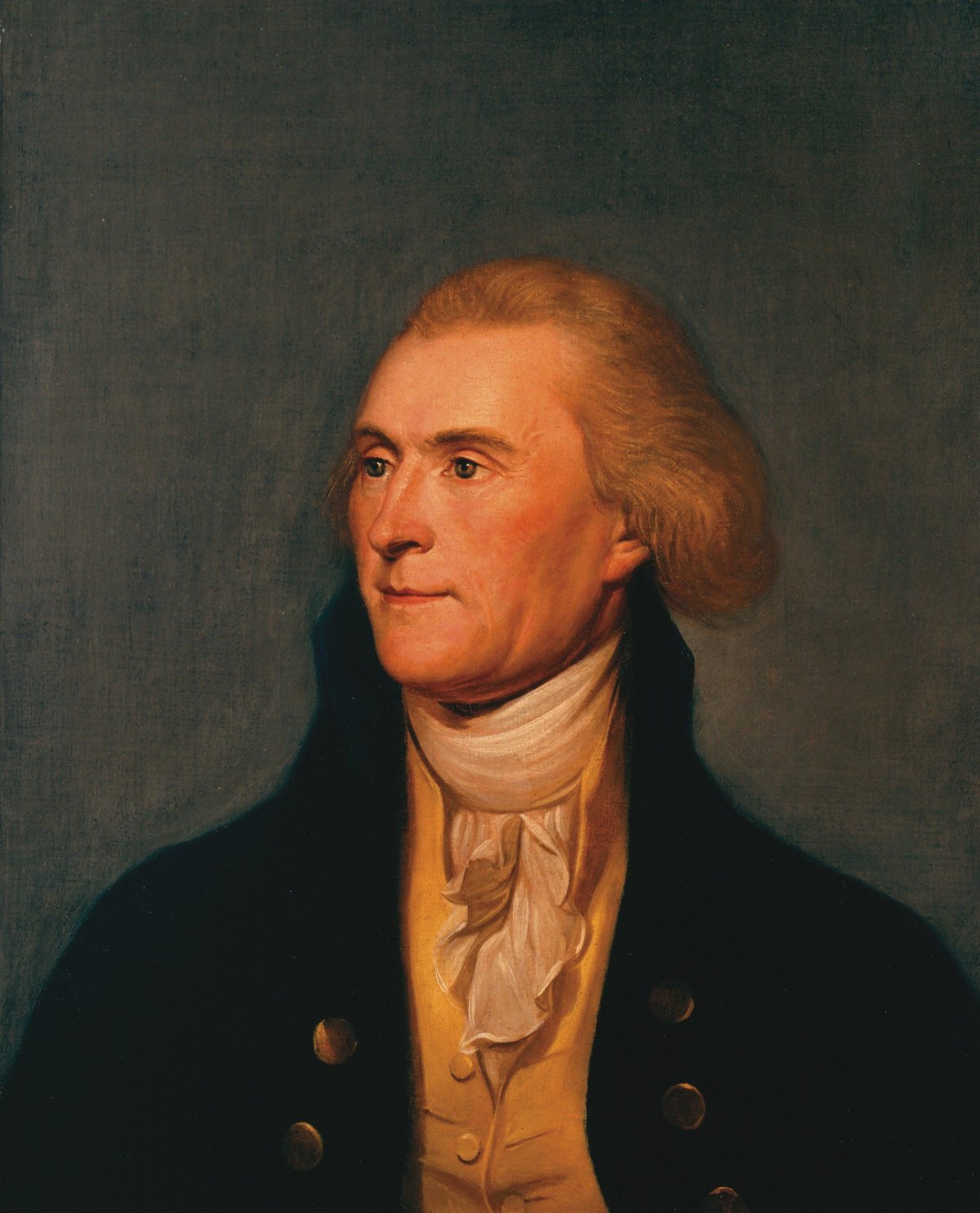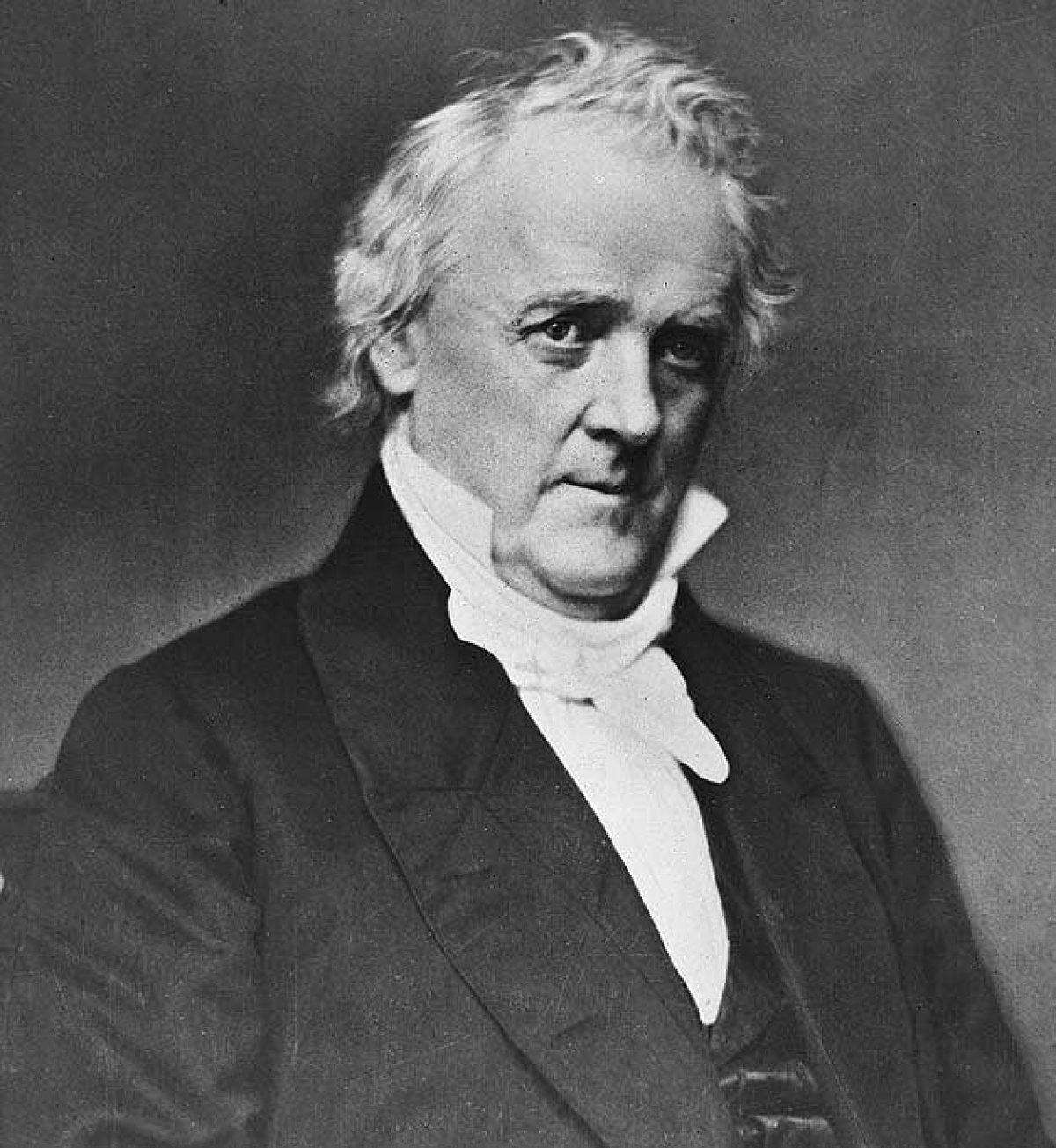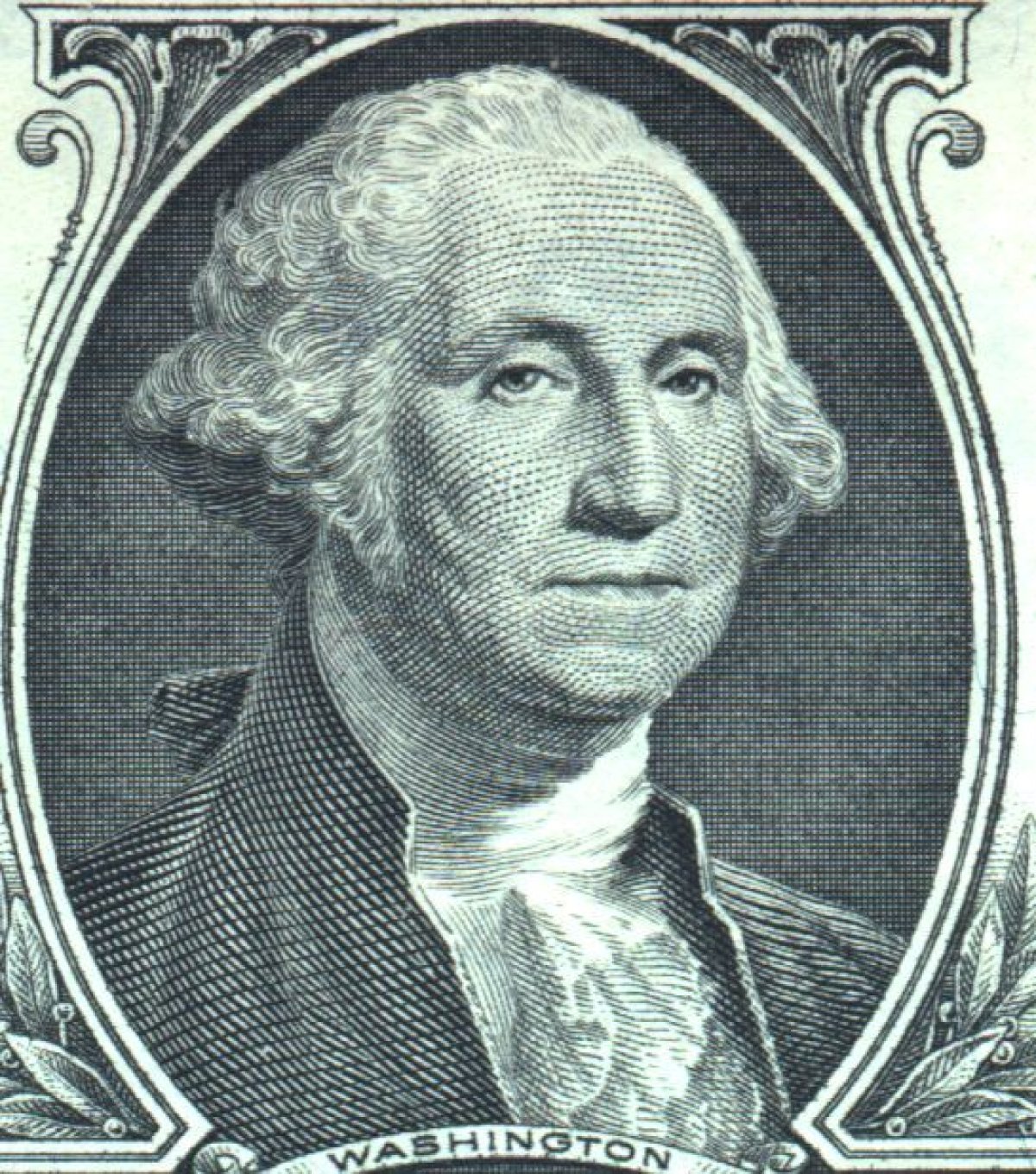
This article first appeared on the Council on Foreign Relations site.
To get you ready for Inauguration Day, here are 10 lesser-known facts about presidential inaugurations.

- Donald Trump will be sworn in as the 45th U.S. president, but he will be only the 39th person to give an inaugural address
John Tyler, Millard Fillmore, Andrew Johnson, Chester Arthur and Gerald Ford were all vice presidents who ascended to the presidency after the death or resignation of a president. They never won election on their own, so they never gave an inaugural address. Grover Cleveland held two nonconsecutive terms as president, and as a result, he is counted as the 22nd and 24th president of the United States.

2. All but two elected presidents took the oath of office in Washington
Washington did not become the nation's capital until 1800, just before Thomas Jefferson was sworn in as America's third president. George Washington was sworn into office for his first term in Federal Hall in New York City in 1789. He was sworn into office for his second term in the Senate Chamber of Congress Hall in Philadelphia in 1793. John Adams was sworn in as president in the House Chamber in Congress Hall in Philadelphia in 1797. (Several vice presidents have taken the oath of office outside of Washington, after the death of the president.)
Related: Sean Wilentz: Trump ushers in the Age of American Paranoia
3. The presidential oath of office is written into the U.S. Constitution
Article II, Section I of the Constitution stipulates: "Before he [the president] enter on the Execution of his Office, he shall take the following Oath or Affirmation:—'I do solemnly swear (or affirm) that I will faithfully execute the Office of President of the United States, and will to the best of my Ability, preserve, protect and defend the Constitution of the United States.'" Even though the oath is only 35 words long, presidents and chief justices can get it wrong. Just ask Barack Obama and John Roberts.

4. One person has taken the presidential oath of office and administered it
William Howard Taft was sworn in as America's 27th president on March 4, 1909. A dozen years later he was sworn in as the 10th chief justice of the U.S. Supreme Court. During his nine-year stint as chief justice, he issued the oath of office to Calvin Coolidge (1925) and Herbert Hoover (1929). Taft holds two other distinctions. He was America's heaviest president, tipping the scales at more than 300 pounds. He was also the last president to sport facial hair, in his case, a handlebar mustache.
5. More presidents have been inaugurated in March than in January
Thirty-six inaugurations have been held in March. With Trump's inauguration, 21 will have been held in January. Until 1937, presidents were inaugurated on March 4. (The public inaugural ceremonies were generally moved to March 5 when Inauguration Day fell on a Sunday.) The 20th Amendment moved Inauguration Day to January 20 (the public ceremony can be moved to January 21 in years that Inauguration Day falls on a Sunday, as happened with Ronald Reagan's second inaugural in 1985). FDR's second inauguration was the first to be held in January. The only elected president not to be inaugurated in either January or March was George Washington. His first inaugural took place on April 30, 1789.
6. John F. Kennedy was the last president to wear a hat to his inauguration
Wearing hats, in particular top hats, used to be tradition. JFK wore a stovepipe hat to his inauguration, but took it off when he took the oath of office. No president since has worn a hat to the inauguration. (Some writers list Richard Nixon as the last president to wear a hat, but I haven't been able to find a photograph showing that he did. Please send along a link if you have one.)
7. Lyndon Johnson was the first president to ask his wife to hold the Bible while he took the oath of office
Before LBJ, the clerk of the Supreme Court traditionally held the Bible while the president swore his oath. Johnson asked his wife, Lady Bird Johnson, to do it. Every president since has followed suit.

8. The inauguration of James Buchanan on March 4, 1857, is the first one known to have been photographed
Other technological firsts for presidential inaugurations include the first to be filmed (William McKinley), the first to use loudspeakers (Warren Harding in 1921), the first broadcast on radio (Calvin Coolidge in 1925), the first broadcast on television (Harry Truman in 1948), the first broadcast in color (John F. Kennedy in 1961), and the first delivered over the internet (Bill Clinton in 1997).
9. The coldest Inauguration Day was Ronald Reagan's second inauguration
The temperature at noontime in Washington on January 21, 1985, was 7 degrees—or 62 degrees colder than on the day of Reagan's first inauguration. It was so cold that Reagan took the oath of office indoors at the U.S. Capitol—he had already taken the oath of office in a small, private ceremony at the White House the day before—and the traditional inaugural parade was canceled. The forecast for this Friday is rain, with temperatures in the upper 40s.

10. The shortest inaugural address was a lot shorter than this blog post
Donald Trump says he wants to keep his speech short. He probably won't go as short as George Washington did in his second inaugural address. That ran just 135 words—or about the length of two recitations of the Lord's Prayer. This blog post, by the way, runs 924 words.
James Lindsay is Senior Vice President, Director of Studies, and Maurice R. Greenberg Chair at the Council on Foreign Relations.
Uncommon Knowledge
Newsweek is committed to challenging conventional wisdom and finding connections in the search for common ground.
Newsweek is committed to challenging conventional wisdom and finding connections in the search for common ground.
About the writer
To read how Newsweek uses AI as a newsroom tool, Click here.








